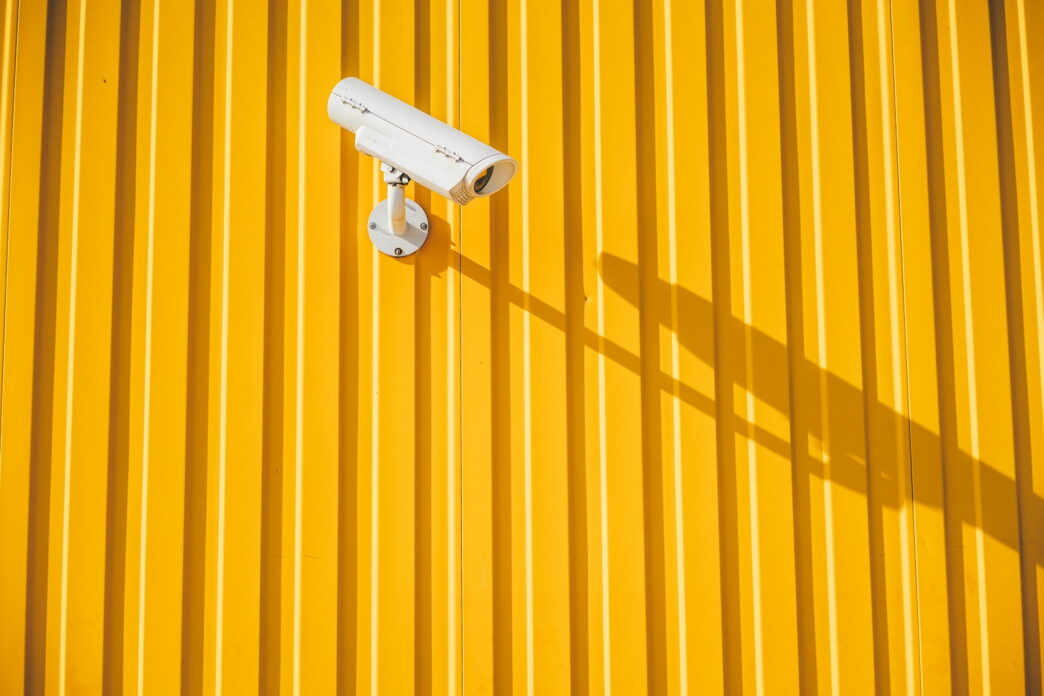The EU’s Artificial Intelligence Act rolled out strict rules banning almost all real-time facial recognition in public spaces starting February 2025. Next month, rules on general-purpose AI systems take effect. The EU is the first major player to set enforceable limits on biometric surveillance.
Meanwhile, China is exporting AI surveillance tech aggressively across Asia-Pacific. Companies like Huawei, Hikvision, and CloudWalk embed facial recognition, biometric profiling, and real-time video analysis into “safe city” projects from Southeast Asia to Africa and the Middle East. These systems are sold as public safety tools but enable unprecedented political surveillance.
The Asia-Pacific region lacks comprehensive AI surveillance regulations. Democracies like Japan, South Korea, and Australia are only starting to explore AI ethics. Many Southeast Asian countries rapidly expand surveillance infrastructure through Chinese firms with minimal public oversight or transparency.
China’s domestic use of facial recognition in Xinjiang shows how these tools can target minorities and suppress dissent. That model is now exported globally through China’s Digital Silk Road, creating long-term surveillance systems tied to Chinese hardware and software.
The EU’s AI Act covers not just EU governments but any company selling AI systems in the EU market, pushing a global standard. But outside Europe, there’s no unified regulatory framework, letting authoritarian regimes buy surveillance tools with few limits.
Huawei and others build deep, hard-to-exit surveillance networks worldwide. Once in place, these systems normalize constant monitoring and reshape governance.
The Asia-Pacific faces a governance gap with limited oversight and growing Chinese tech influence. Regional multilateral groups like ASEAN and APEC need to step up and create shared transparency, accountability, and human rights standards for AI surveillance.
Without regional leadership, norms will be set by default through China’s technology exports, locking the region into models of control rather than democracy.
AI-powered surveillance technologies, most notably facial recognition, are a textbook example of dual-use technologies.
China’s surveillance exports are not just commercial products; they are powerful instruments of norm diffusion.














